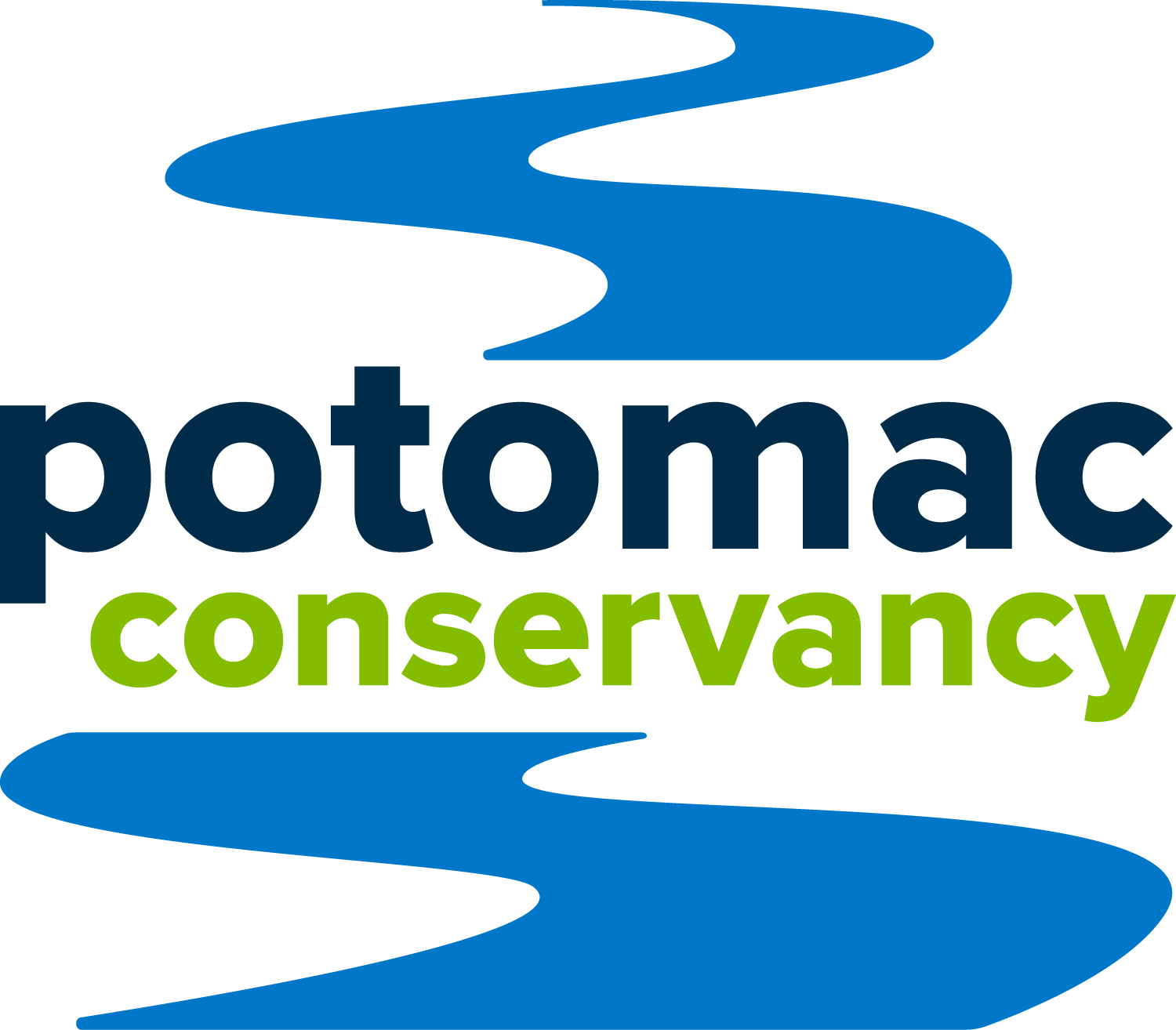Sewage Spills Reverse Potomac Restoration Efforts
/With numerous heavy rain storms hitting the DC Metro region recently, Potomac Conservancy President, Hedrick Belin, guest blogs to take a look at how they're affecting the health of your favorite river and what needs to be done.
After three weeks of having the Capital Crescent Trail (CCT) closed because of multiple sewage spills, the CCT is open again. The nation’s capital deserves better.
The initial spill at the beginning of the month released 5 million gallons. I’ve been asked repeatedly if this is a major problem. To give people some perspective, the Exxon Valdez leaked approximately 11 million gallons of oil in Alaska in 1989. And it is considered to be one of the most devastating environmental disasters.
So these sewage spills are a big deal. Public health officials closed the CCT because of public health concerns. They wanted to make sure people do not come in contact with fecal waste and bacteria and get sick.
We’ve made meaningful progress cleaning up the Potomac over the last 40 years. But these spills show how our infrastructure is aging. Such breaks will only continue unless DC Water finds ways to invest in replacing pipes that have exceeded their structural lifespan.
The progress we’ve made improving water quality will be flushed down the toilette without strong political leadership and additional financial investments to not only maintain what we’ve achieved, but to finish the job of cleaning up the Potomac.
- Hedrick Belin, President
Learn how you can help and take action for clean water >




